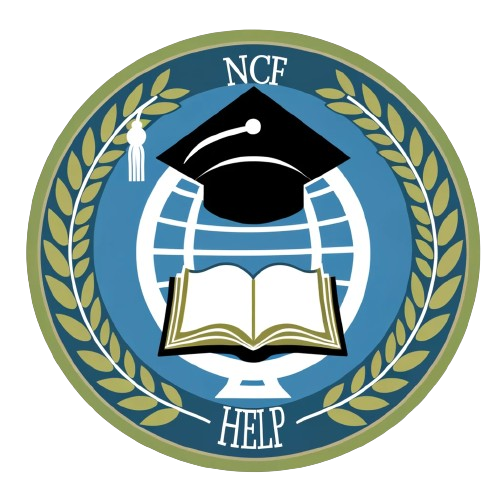Artistic expression is a fundamental aspect of human creativity, providing a medium through which individuals can communicate, explore, and reflect on their experiences and emotions. In educational settings, promoting artistic expression among students not only enhances their creative abilities but also nurtures their aesthetic sensibility. This allows them to appreciate and engage with various forms of art. This article explores the importance of artistic expression in education, its impact on students, and strategies for fostering creativity and aesthetic sensitivity in the classroom.
The Importance of Artistic Expression in Education
Artistic expression covers a broad spectrum of creative activities, including visual arts, music, dance, theater, and literature. Incorporating these into education benefits students in numerous ways. It offers an alternative means of communication, helping those who may find verbal expression challenging or who have diverse learning styles.
Furthermore, participating in artistic activities enhances critical thinking and problem-solving skills. Whether students are composing music, painting, or choreographing a dance, they are required to make decisions, experiment with techniques, and adapt based on feedback. This process promotes creative thinking, risk-taking, and comfort with ambiguity—skills crucial in today’s complex and dynamic world.
Additionally, artistic expression fosters empathy and cultural understanding. Through engagement with literature, theater, and visual arts, students explore perspectives and experiences different from their own, fostering empathy, tolerance, and a broader worldview—qualities essential for responsible global citizenship.

Impact on Students
The benefits of artistic expression extend beyond academic achievement, encompassing social-emotional development and overall well-being. Creative activities provide a vital outlet for self-expression, helping students process emotions, cope with stress, and develop their identities and purposes. For many, particularly adolescents, art offers a sanctuary for free expression without fear of judgment.
Moreover, engagement in the arts is linked to improved mental health, with reductions in anxiety, depression, and feelings of isolation. Creative pursuits give students a sense of accomplishment and fulfillment, boosting their self-esteem and resilience. Collaborative art projects enhance teamwork, communication, and cooperation, building community within the classroom.
Strategies for Encouraging Creativity and Aesthetic Sensibility
Educators are crucial in fostering artistic expression. By integrating art into the curriculum and creating a supportive creative environment, teachers can nurture students’ talents and instill a lifelong appreciation for the arts. Strategies to promote creativity and aesthetic sensibility include:

- Encourage experimentation: Provide opportunities for students to explore various art forms and techniques without fear of failure, emphasizing the process over the product.
- Incorporate interdisciplinary approaches: Integrate art with other subjects like science, history, and literature to highlight its relevance and interconnectedness, fostering interdisciplinary thinking.
- Showcase diverse perspectives: Expose students to artistic works from different cultures, eras, and perspectives, and discuss their cultural, historical, and social contexts to promote critical thinking and cultural literacy.
- Provide access to resources and support: Ensure students have access to art supplies, equipment, and instructional materials, offering guidance and feedback to develop their artistic skills and confidence.
- Foster a culture of creativity: Create a classroom environment that values creativity, imagination, and individual expression. Celebrate artistic achievements and encourage students to share their work both within their peer group and the wider community.
Conclusion
Artistic expression is vital in education, enriching students’ lives and fostering their intellectual, emotional, and social development. By embracing creativity and aesthetic sensibility, educators empower students to explore their imaginations, express themselves authentically, and engage meaningfully with the world. Through thoughtful integration of the arts and supportive pedagogical practices, we can nurture a generation of creative thinkers, empathetic citizens, and lifelong learners.

